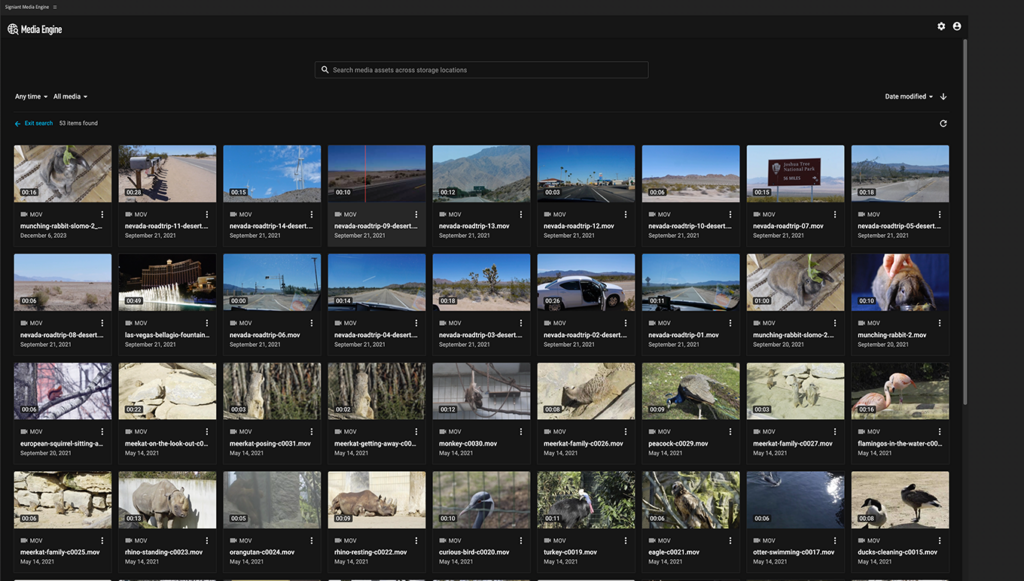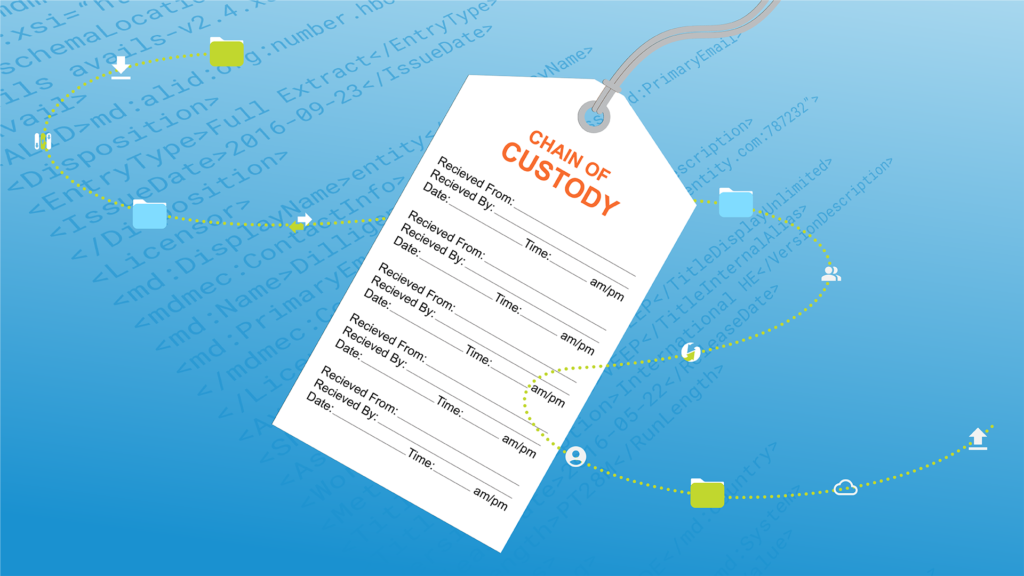How the Guardian Handles Global Sources of Video

As a global news organization, the Guardian has a far-reaching network of journalists and staff, with major headquarters in London, New York, Sydney, and soon in San Francisco. Historically a newspaper business, they were one of the earliest media outlets on the web and have long been using video as a storytelling medium.
“The problem we have with video is that it’s sourced all over the world, and of course video files are massive. We need to get them back to our base in London as soon as possible in order to put them through our publishing systems, and a lot of steps that go into the workflow before publishing like checking with legal, subediting, adding graphics, titles, credits and so on,” said Matt Whiting, Head of Applications at Guardian News & Media.
“We like to transfer not just the finished master of each movie file, but all of the rushes or source footage that goes into the finished project for archiving, syndication to other publishers, and use in future projects.”
The Guardian’s Multi-Media IT Transformation
A few years ago — realizing that this problem would only grow along with the increasing file sizes of higher resolution content and an expanding global reach — Whiting and team launched what they called their “Multi-Media IT Transformation Project.”
It involved ripping out old technology like their FTP system, which no longer met the company’s creative and technical needs. Having solely relied on FTP to transfer video for eight years, the team needed something much faster and more reliable.
In 2015, the Guardian chose to start using Signiant’s Media Shuttle for their video file movement, from getting footage from the field and moving it between satellite offices to delivering finals for broadcast and sharing rushes with syndication partners.
Signiant was not the only file movement provider considered for this project. Only after deeper evaluation of the differences between Signiant’s Media Shuttle and the other solutions did the Guardian decide to go with Shuttle.
“Signiant had the lightweight agility, flexibility, and ease of deployment and integration that we wanted without introducing a massive dependency. It also came down to a much better value for the money.”
The Guardian team was surprised to discover that even though Media Shuttle’s back end was far more sophisticated than FTP, deployment of the system was very smooth. And now that they are using Media Shuttle, they have been seeing big changes in their workflow.
“There have been two real differences from our old FTP system. One, Media Shuttle is just a lot quicker. It makes maximum use of any available bandwidth,” said Whiting. “But the other, which is probably even more important for us, is that it’s an interruptible transfer. A lot of the network connectivity that our reporters have is likely to be interrupted. “
The High Need for Security When Dealing With Sensitive Stories
The Guardian has a tenacious info-security department, which did a thorough review of Media Shuttle before giving the green light. As a world-class news organization with a history of hard-hitting and sensitive investigations around security like Edward Snowden and WikiLeaks, the company has an exceptionally high need for security in all of their technology.
While most of the video footage they send isn’t necessarily sensitive, they don’t want files to be intercepted and end up ruining a scoop, identifying people who wish to remain anonymous or missing the chance to edit out any defamatory footage for litigation purposes. And security is also a concern if they’re moving accounting or HR files.
Putting Their Media Shuttle to Good Use
In January 2016 alone, the Guardian moved about 200 video files, including final masters in the 100s of megabytes and raw footage in the many 10s of gigabytes, coming as far away as Nigeria.
They have also been very efficient in how they use Media Shuttle portals, customizable web interfaces that can be set in one of three modes — send, share or submit — depending on the project needs. Powerful while very easy to use, Shuttle portals aid teams with everything from highlighting a brand and managing users to delegating storage (in the cloud or on-premises) and administrative tasks, all while quickly moving content with the highest industry standard security.
“More and More Video”
Everyone says it; but it’s especially impactful hearing it from one of the heads of technology at the Guardian:
“The future is in video. Certainly, we’ll be doing more and more video,” said Whiting. “If you look at my children, they aren’t reading news articles; they’re looking at video on their hand held devices. Our journalists are increasingly going to take video with lightweight cameras or their iPhone. And each of them will have access to Media Shuttle in order to get footage and still images back to us, and then to review edits.”
It’s unlikely that written news journalism will totally disappear, but video brings an important element to any story: a visual and emotional connection to people and different cultures. While it certainly can be used to divide the world, video sourced from all over the planet by news agencies like the Guardian could be one of the greatest unifying forces in the next few decades. Making that possible is what Signiant is all about.



